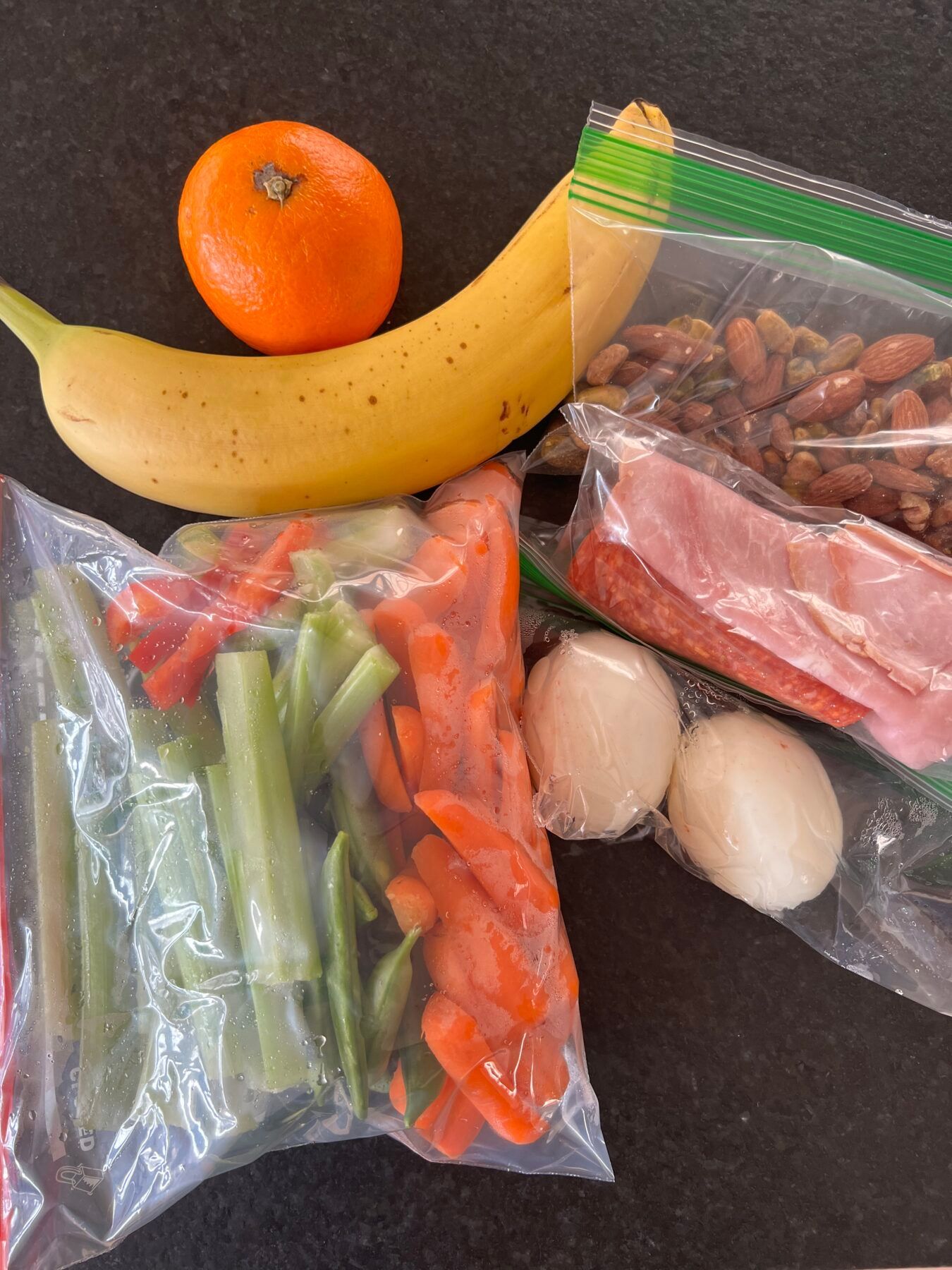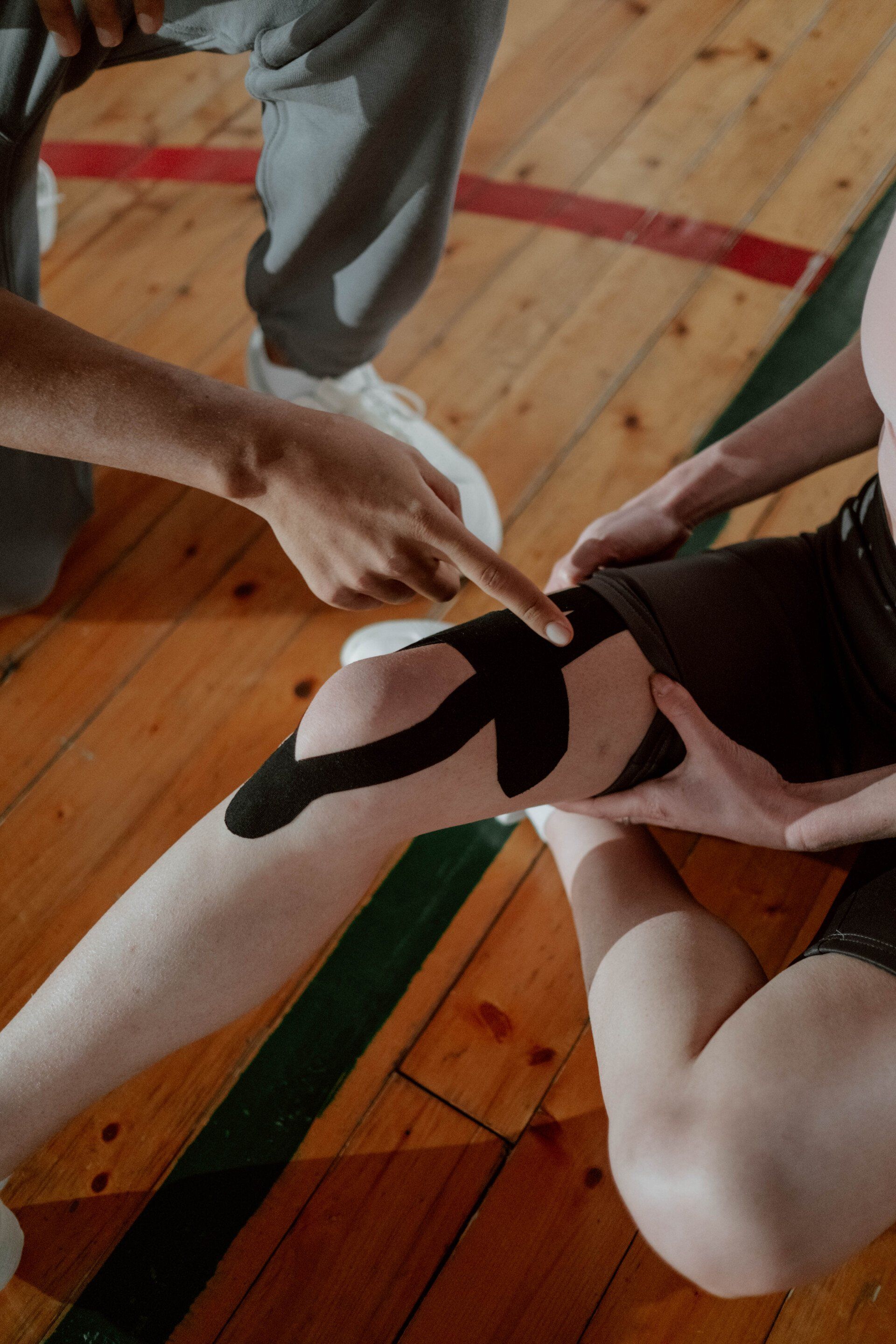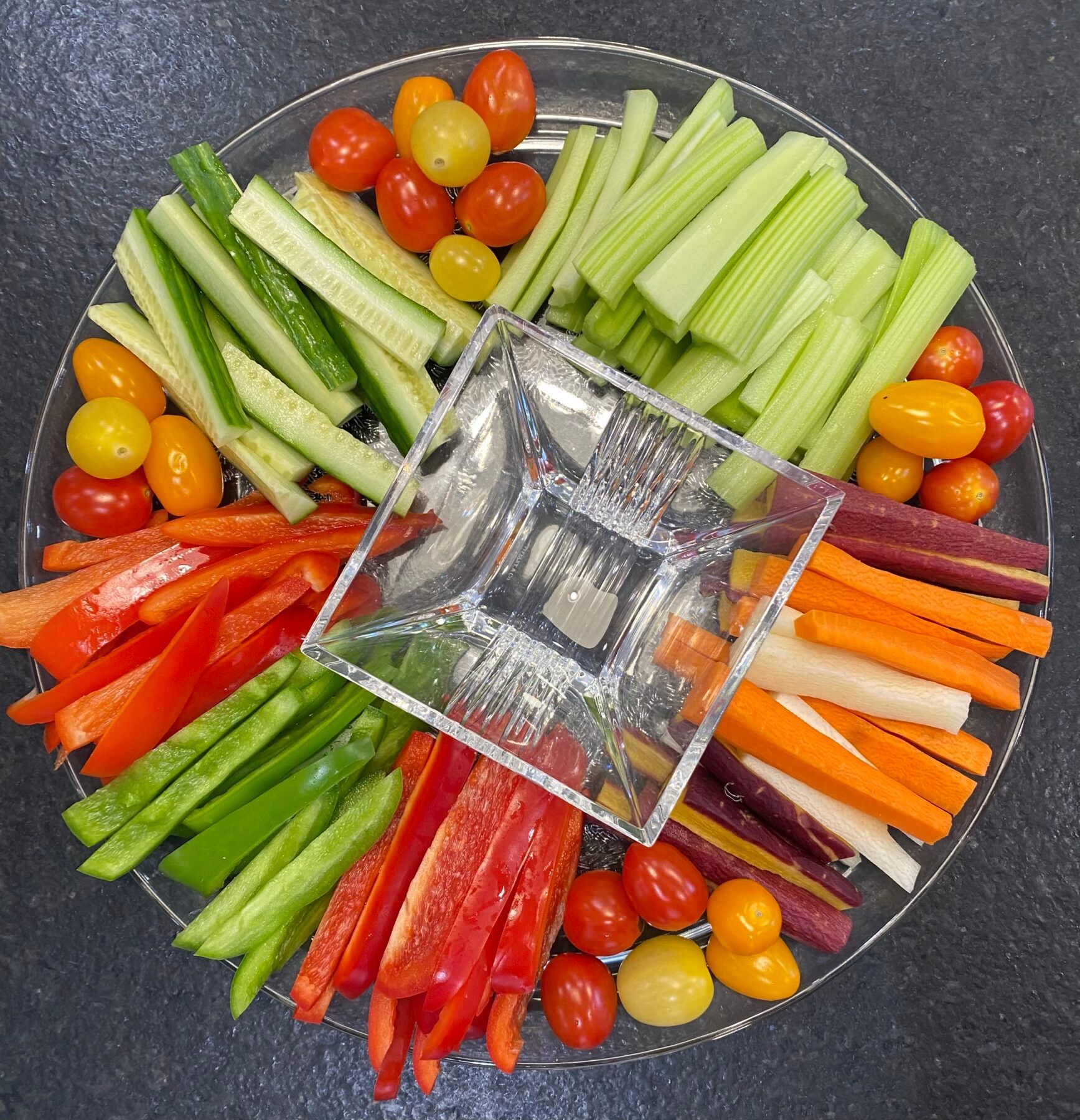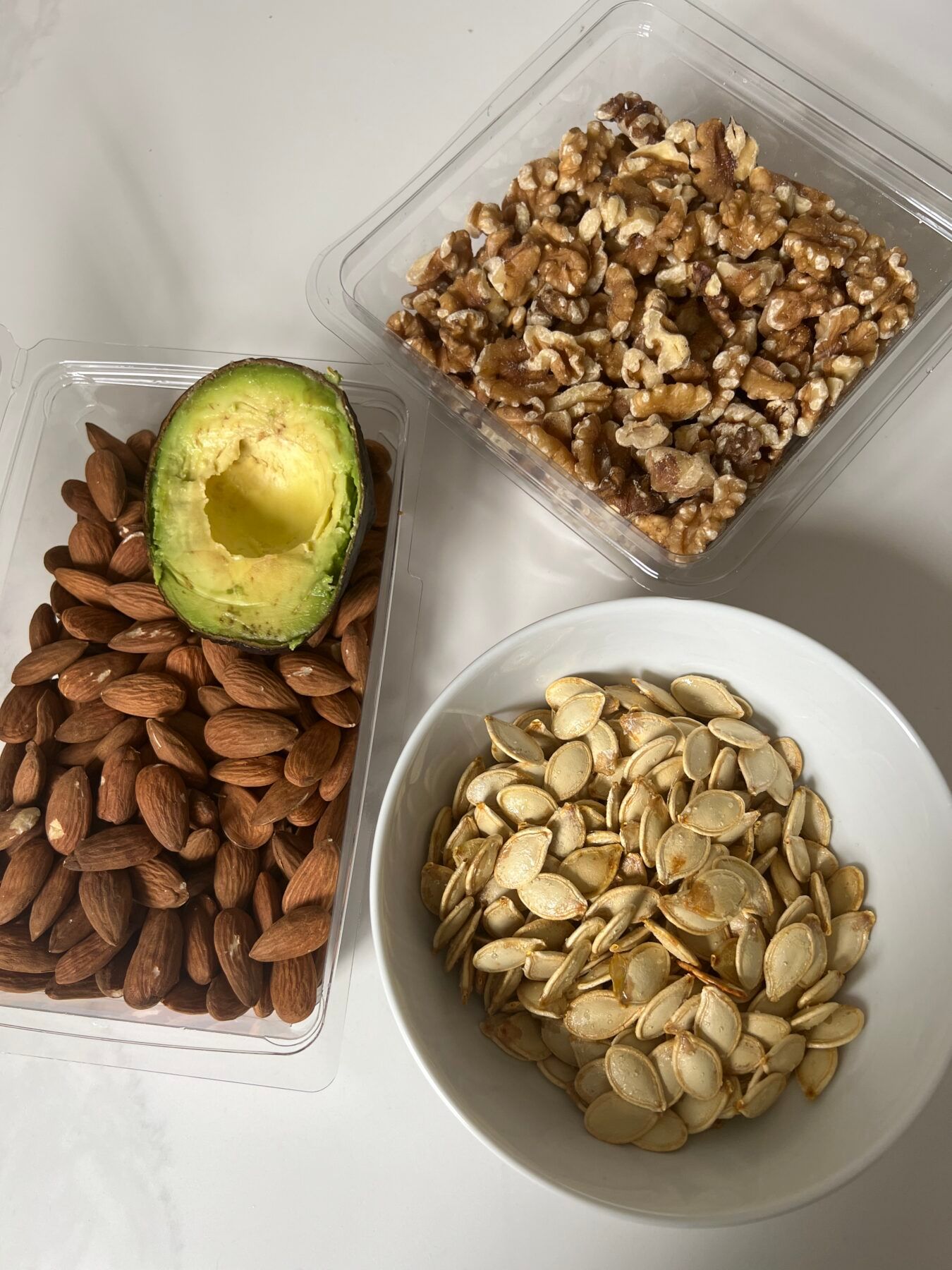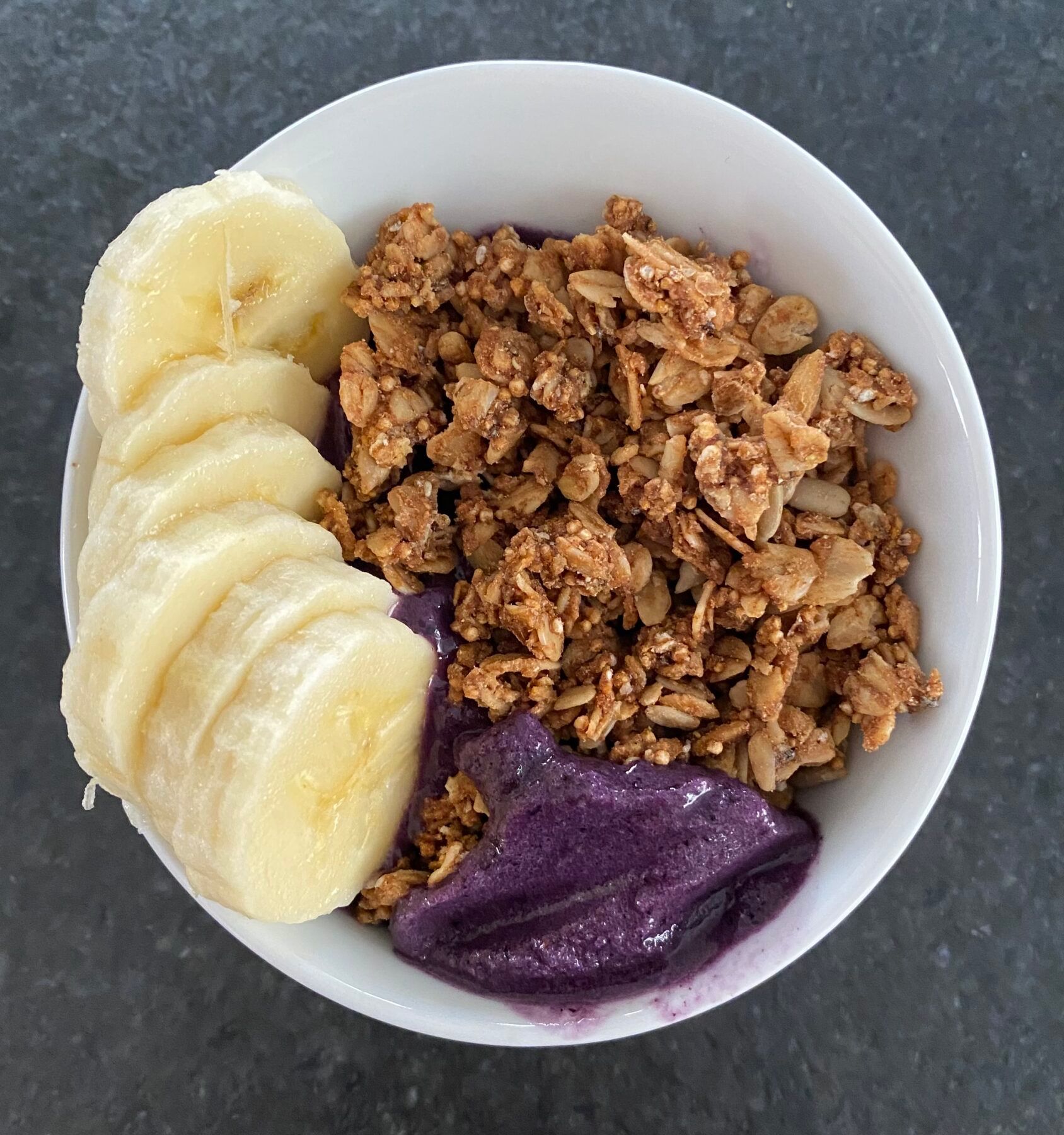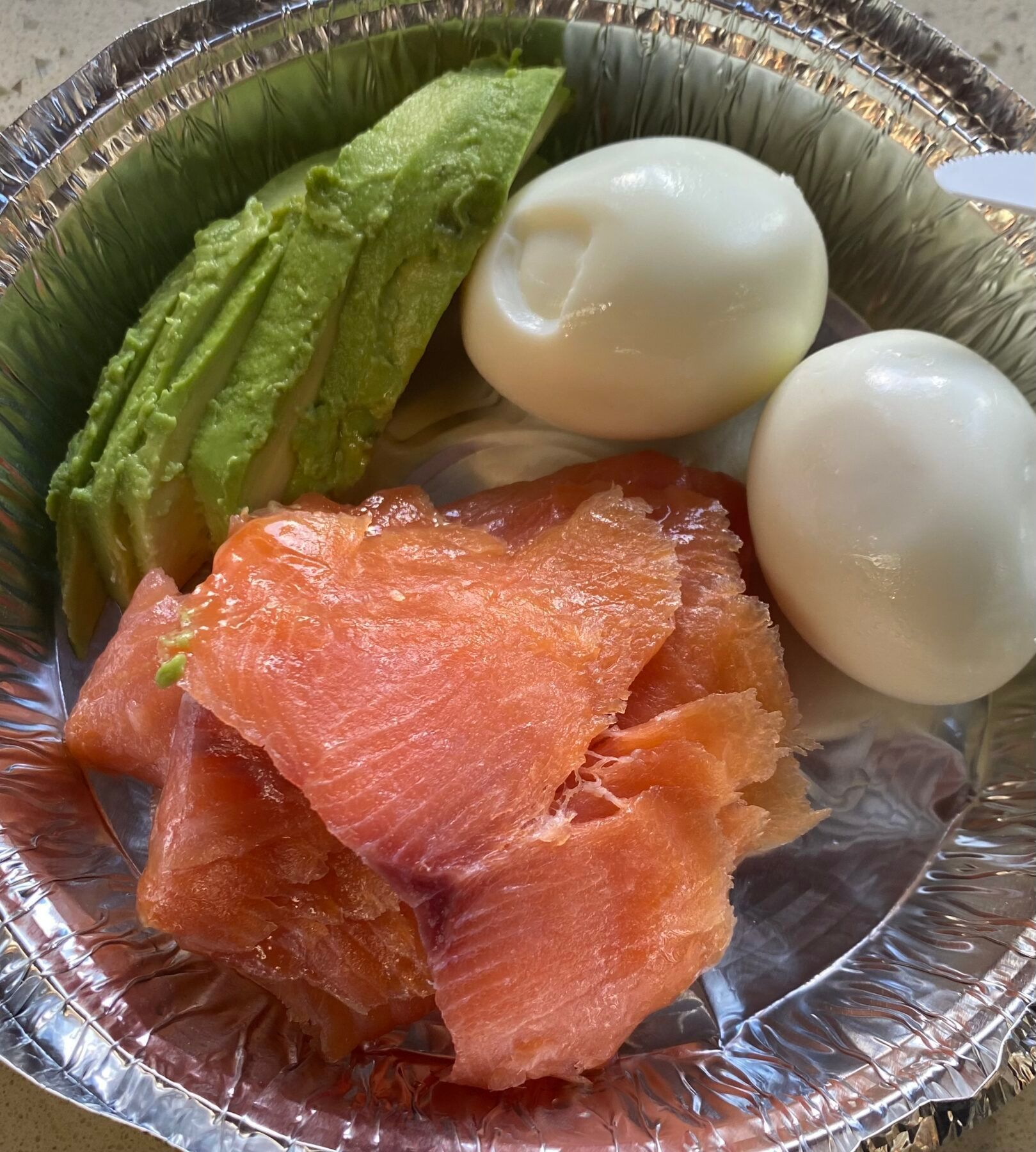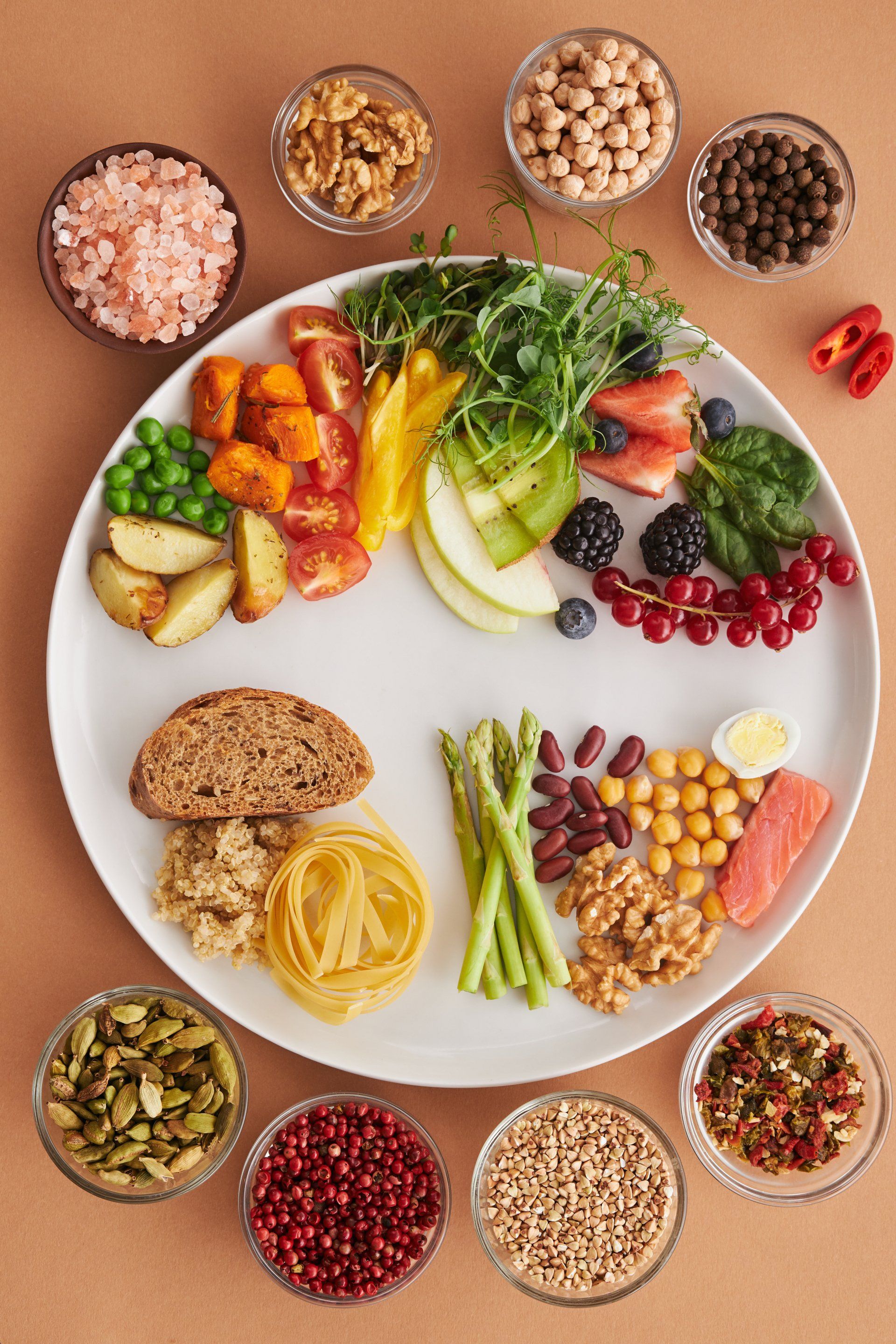Micronutrients – Eat the rainbow
Now that we’ve mastered macronutrients, and let’s review micronutrients. These are all the vitamins and minerals contained in foods. Like everything in life, balance and variety is key. Many athletes focus on macronutrients, and I believe in optimal health and focus on both. Not only should we look good and train hard, but we should feel good and including all the different nutrients in our diet is a great start.
Micronutrients, as defined by the World Health Organization, are vitamins and minerals needed by the body in very small amounts. However, their impact on a body’s health are critical, and deficiency in any of them can cause severe and even life-threatening conditions. They perform a range of functions, including enabling the body to produce enzymes, hormones and other substances needed for normal growth and development.
Our bodies need a variety of food and if we eat the same foods each day, we’re probably missing out on some important vitamins and minerals. While most of these are only required in small amounts, you don’t need to eat a huge amount every single day to reach the optimal quantity.
I wrote a lot about protein previously, although animal proteins don’t necessarily fortify us with a wide variety of nutrients. Typically most animal proteins contain B vitamins, iron, selenium and zinc. B12 is the only vitamin not found in plant foods.
Let’s start with vitamins. They are organic compounds which means they contain carbon, essential for life. They are either water soluble or fat soluble meaning they either need water or fat to be digested and absorbed. Water soluble include all B-vitamins and vitamin C. Fat soluble include vitamins A, D, E, and K.
Now for food sources for each vitamin:
A – whole eggs, dairy, beef liver, dark green vegetables, yellow/orange colored vegetables
B – green vegetables, meats, dairy and fortified foods (B12 animal protein only)
C – fruits, vegetables especially citrus, bell peppers, kiwi, broccoli, strawberries, tomatoes, watermelon, potatoes, bananas and carrots
D – fatty fish, cod liver oil, dairy that has been fortified, egg yolks and beef liver and of course from the sun
E – nuts, beans, whole grains and fortified cereals
K – green leafy vegetables, cabbage, beef liver
Now onto minerals! They are categorized as either major or trace dependent upon how much our body needs. Trace minerals are needed just as much for function but they are needed in much smaller amounts than major minerals. Major minerals include: calcium, phosphorus, potassium, sodium, chloride, magnesium, and sulfur. Trace minerals include iron, iIodine, zinc, chromium, selenium, fluoride, molybdenum, copper, and manganese.
Minerals are inorganic, they do not contain carbon. They are much more simple in structure than vitamins. Therefore they are much less vulnerable to damage from heat, light, cooking, and processing. There are a lot and most people think dairy when they think calcium which is true and can also be found in dark green vegetables, seaweeds, canned fish with edible bones, soy, sesame, and almonds. Of course it’s also added to many cereals and packaged foods as well. I won’t provide the list of all the foods sources here because we don’t need a lot to meet our daily requirements. So that’s where the balance of foods come in and eating whole foods in many varieties and many colors hence the rainbow.
Many people ask, “why don’t I take a supplement and not worry about it?”. That is a strategy, although I will comment that they way we absorb supplements is different than how we absorb nutrients in whole foods. There are many cases when the supplements have too many minerals and put an extra strain on our liver in order to clear those through our systems. A wide variety of foods will provide us with the fiber we need, a great variety of nutrients and keep our bodies working at optimal levels.
So eat the rainbow and think red – raspberries, strawberries, peppers; orange – oranges, carrots, sweet potatoes; yellow – squash, bananas, cauliflower; green – dark leafy greens, broccoli, peas, seaweed; blue/purple – beets, blueberries, blackberries. Then for balance and variety – fish, meat, beans, lentils, nuts, and seeds. Kids love to check off the rainbow everyday so you can make it a fun family event too!
The post Micronutrients – Eat the rainbow appeared first on CrossFit Wilmette.
